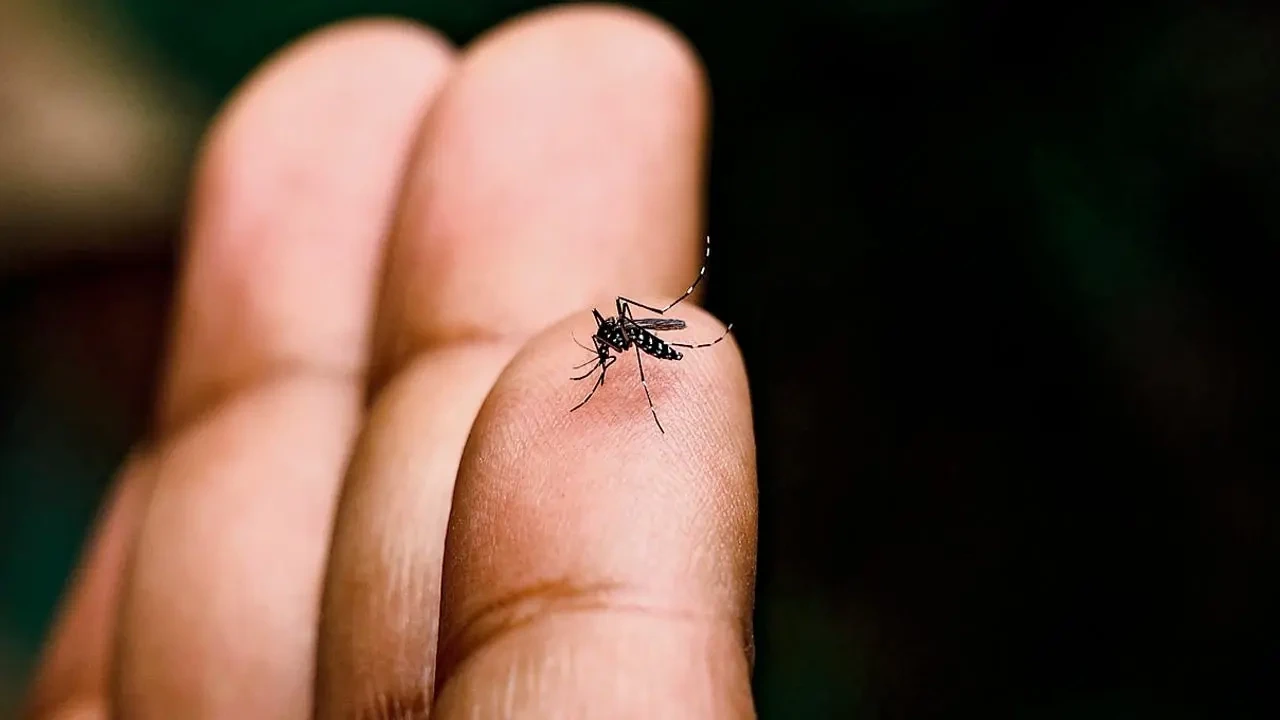The city is witnessing a worrying resurgence of mosquito-borne diseases, with the Brihanmumbai Municipal Corporation (BMC) reporting a staggering 476 per cent rise in chikungunya cases and a 45 per cent jump in malaria cases between January and July, compared to the same period in 2024. While 2852 cases of malaria and 46 cases of chikungunya were reported in this period last year, 4151 cases of malaria and 265 cases of chikungunya were recorded from January and July 2025, respectively.
Additionally, dengue cases also saw a rise from 966 between January and July 2024 to 1160 cases in the same period this year.
Why the spike?
While Dr Daksha Shah, executive health officer of the BMC, attributed the overall rise of vector-borne diseases, especially chikungunya to the rise in pollution levels, intermittent rainfall, and the increase in construction activities and sites, medical field experts stated that the nature of chikungunya this year has shown more intensity.
Dr Charudatt Vaity, director, critical care, Fortis Hospital, Mulund, told mid-day, “Aedes mosquito breeding has proven to be an ideal vector for chikungunya. Crowded living situations are one of the major reasons for mosquito proliferation and increased human-mosquito interaction. This year, we are seeing a certain rise in the severity of how chikungunya is presenting, and there are several factors which can contribute to this. Viral loads and sometimes co-infection with other viruses such as dengue and influenza, could also be one of the reasons. Other factors include delay in diagnosis and therapy affecting certain groups of people, such as the elderly or those with comorbidities or patients who have suppressed immunity. Prevent water stagnation, wear full-sleeve clothing, use mosquito repellent and seek medical attention whenever you have symptoms such as high-grade fever, joint pain, and rashes so that correct treatment can be given in the golden period.”
BMC in action
This sudden spike has prompted intensified surveillance, fumigation drives, and awareness campaigns in high-risk areas. As many as 8,16,089 huts and 52,593 building premises have been fogged to prevent mosquito breeding. The BMC has also surveyed 14,39,978 houses to ensure that there is no waterlogging or any form of facilitation of mosquito breeding. However, considering the enormous size of the city, this alone is not sufficient. “People must take equal responsibility. Preventing accumulation of water in their respective residential premises, such as on the terrace, in parking areas, in gardens, swimming pools, and other areas, can help on a large scale in preventing mosquito breeding, further helping in reducing the number of vector-borne diseases. Also, if they observe water accumulation in public places or at any big construction sites, they can approach the respective ward office and request draining of the accumulated water. Once the area becomes dry, Aedes and Anopheles mosquitoes die automatically and breeding stops naturally,” said Dr Shah.
A “zero mosquito breeding campaign” has been launched by BMC to ensure no breeding of Anopheles and Aedes mosquitoes in public and private premises. The use of mosquito nets has been widely promoted as a key preventive measure.
Some good news
On the other hand, though not huge, a decline has been seen in leptospirosis cases, with 244 cases being reported between January and July 2025, against the 281 cases reported in the corresponding period last year. Also, gastrointestinal cases have come down from 5439 to 5182 in the same period.
